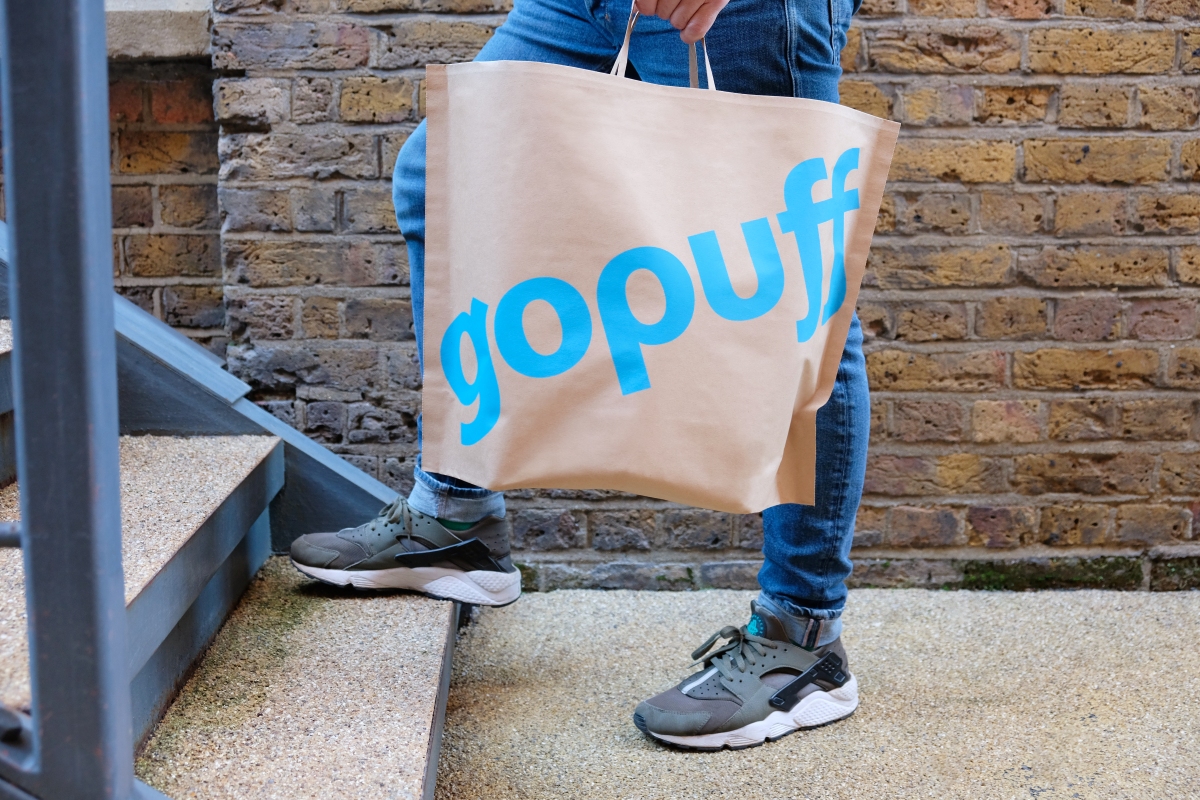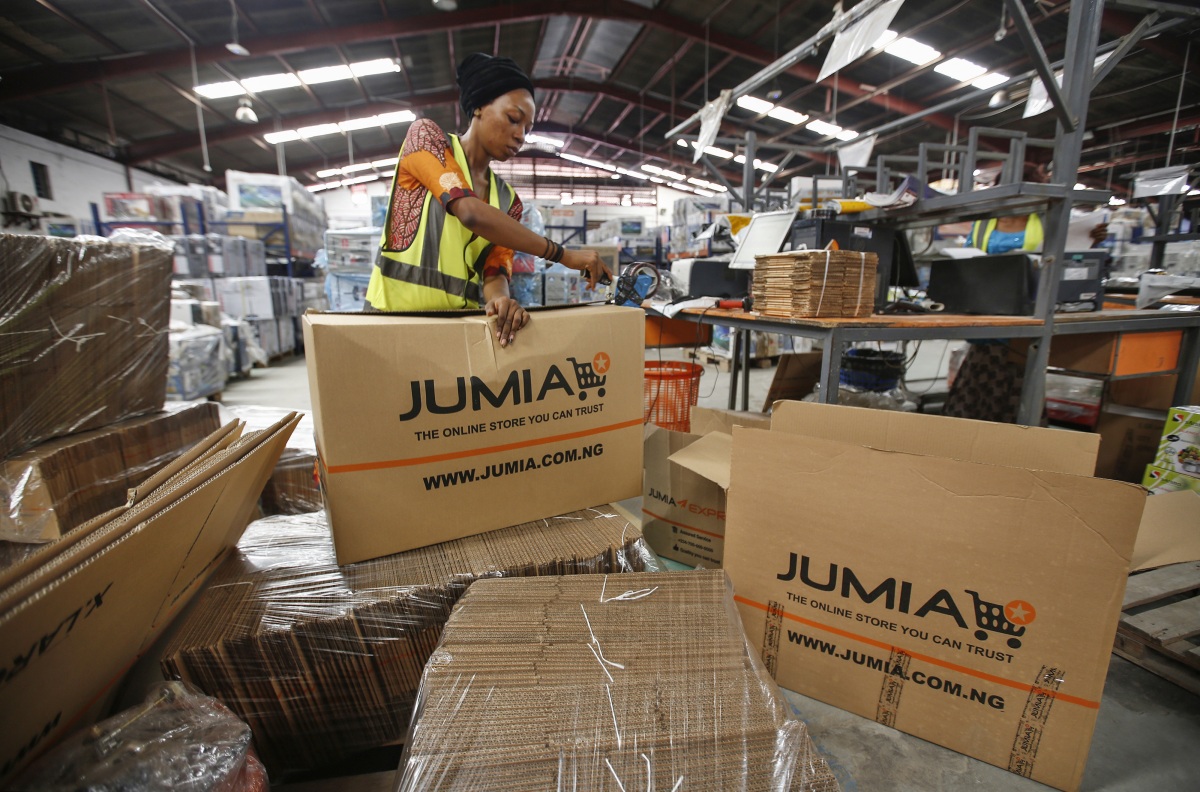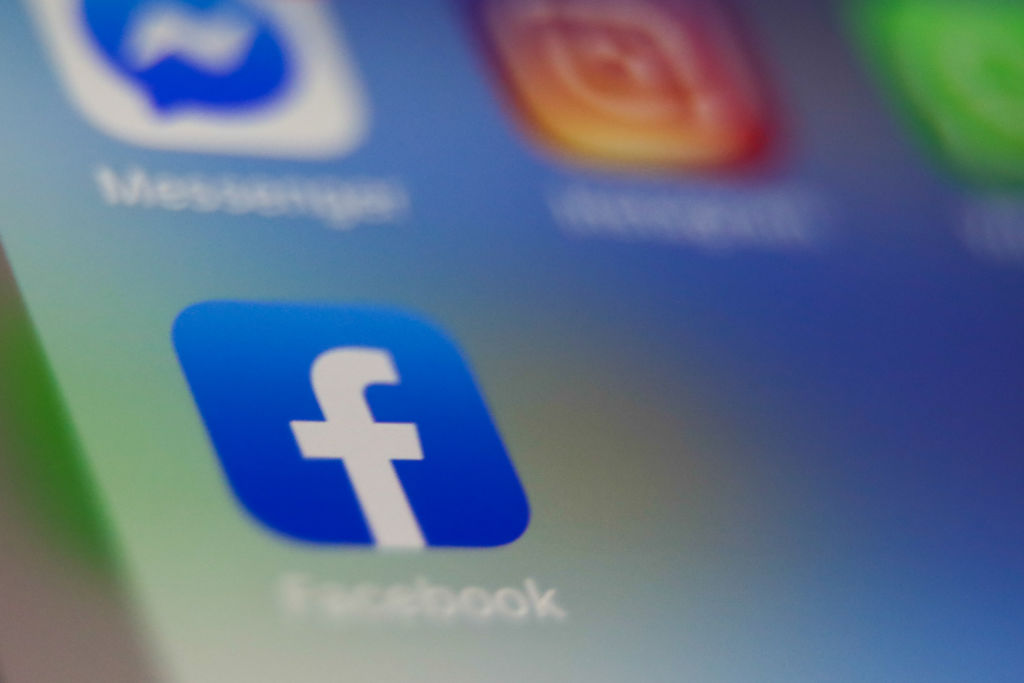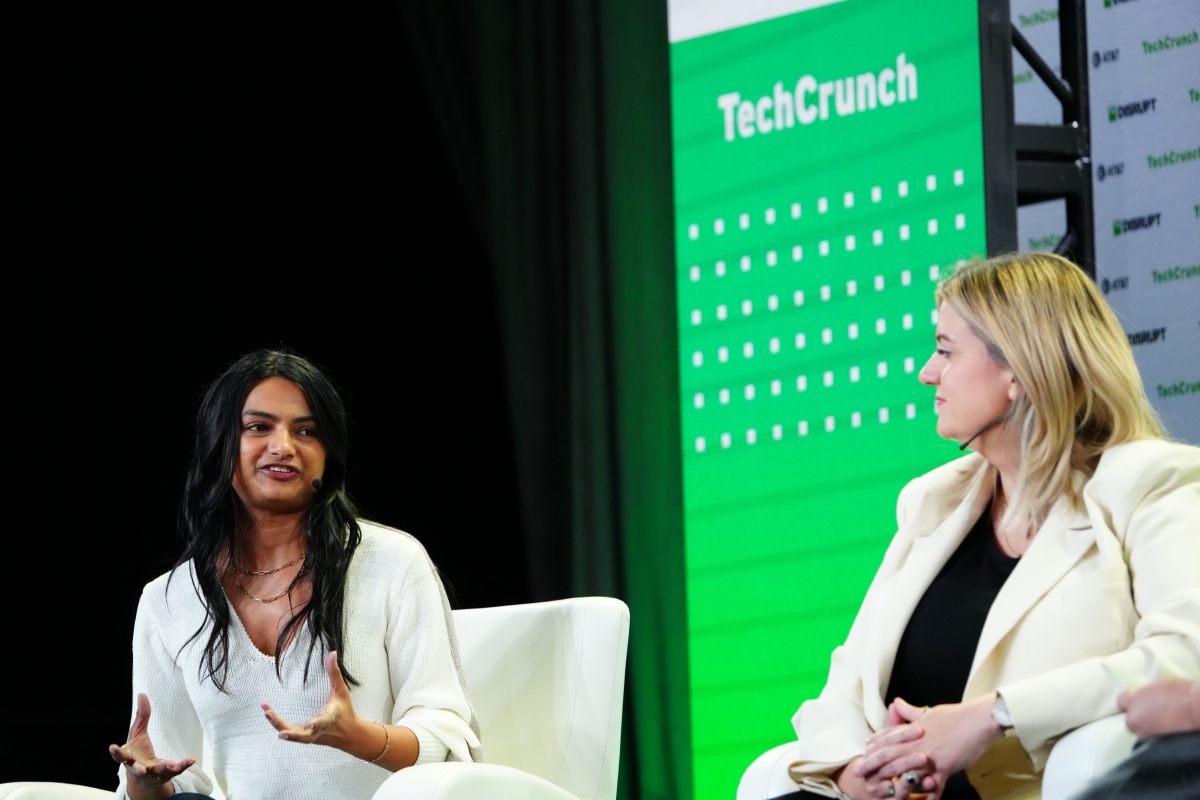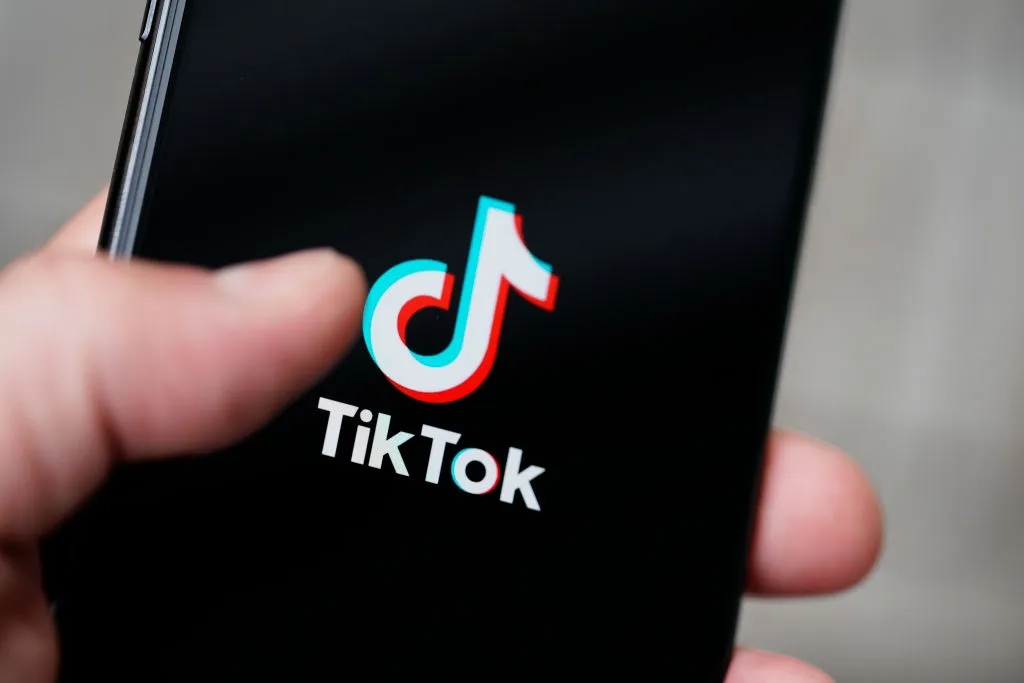Gopuff launches scheduled deliveries, gifting and in-store pickup • ZebethMedia
Rapid grocery deliver startups like Getir, Gopuff and Gorillas, once heralded as the next big thing in on-demand ordering, are running up against logistical challenges that might very well be insurmountable. Even faced with competition and sky-high operating costs, though, they’re taking what steps they can to stick around. Case in point, Gopuff today launched features aimed at eliminating some of the platform’s biggest pain points, like the inability to schedule orders ahead or pick up orders from nearby stockrooms. Starting today, Gopuff customers can place an order when the Gopuff marketplace closes — the exact hours depend on the market — to have Gopuff deliver the order as soon as it reopens. (Needless to say, this doesn’t apply to locations where Gopuff delivers 24/7.) Alternatively, customers can schedule an order in advance for a specific date and time, similar to most major food delivery apps, or arrange for an order to be picked up where Gopuff offers retail and in-store shopping. The in-store shopping experience remains rather limited. According to Gopuff, only in BevMo! outlets — recall that Gopuff acquired BevMo!, the alcohol retailer, for $350 million in 2020 — and locations in New York City is shopping in-store an option. Strictly pickup of online orders will be offered at “many” locations, however, Gopuff says (it’s unclear just how many), with the hours mirroring that of in-app ordering. Gopuff is also introducing gifting, which will allow customers to add gifts to their cart for recipients both on and off the platform. Once they enter the recipient’s address, name and phone number and a gift message, both the gift recipient and the sender will receive a text message confirming a gift order is being prepared. The recipient will also receive SMS alerts when the order is close by, delivered or canceled. Somewhat concerningly, Gopuff didn’t respond to ZebethMedia’s question about whether gift recipients’ information will be retained for marketing or other purposes. Gopuff, like many app-based products and services, collects a broad swath of personal information that it reserves the right to use for ad targeting and promoting its subscription services, as well as sharing with third parties including business partners and “affiliates and subsidiaries.” The new features are only available via the latest Gopuff app (version 8.1.0), the company notes, which began rolling out nationwide this morning. While Gopuff has partnerships with Uber and Just Eat Takeaway to make its inventory perusable through Uber Eats and Grubhub, respectively, the company says that customers using those platforms won’t be able to take advantage of order scheduling, gifting and pick-up — despite the fact that Uber Eats and Grubhub support those features for most other businesses. Gopuff has had a rough go of it lately, no pun intended. Originally intending to IPO as soon as mid-2022 after tapping ex-Disney CEO Bob Iger as an advisor and investor, Gopuff this summer pulled out of Spain, one of its markets, to slash costs, and laid off 10% of its global workforce. Further cuts hit Gopuff in October — mainly affecting various customer service departments — as the startup reportedly looked to secure a credit line as high as $300 million to buffet against inflationary headwinds.
